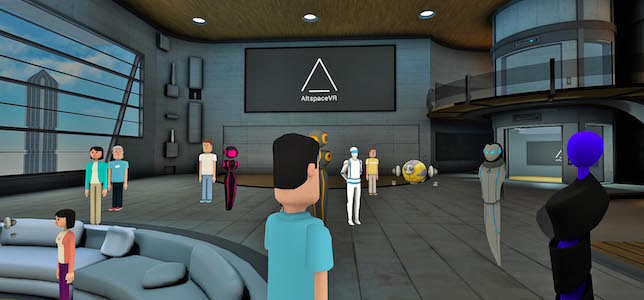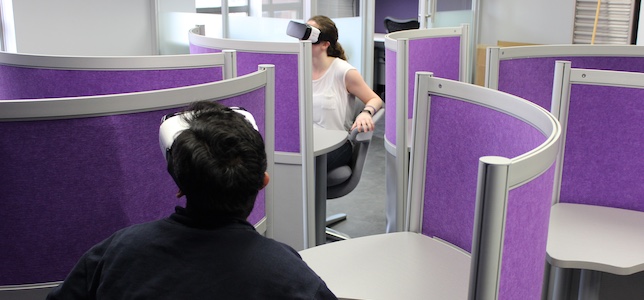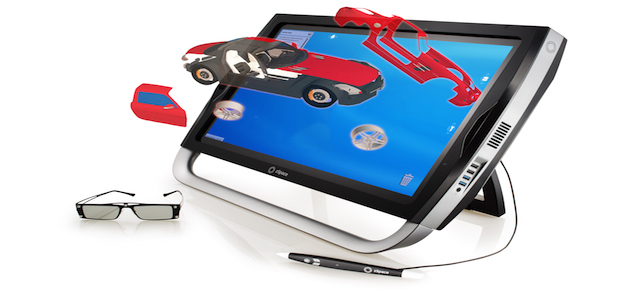Virtualization in Higher Education
Colleges and universities are adopting virtualization to improve data center efficiency, consolidate servers, save money, and reduce energy consumption. Here you'll find articles showcasing institutions that are moving to virtualized computing environments, along with news stories covering the latest technology developments.

The ninth release of the OpenDaylight software-defined networking and network functions virtualization platform is out, adding new functionality and marking adoption gains.

Students at Georgia's Savannah State University can now get the apps and tools they need any time, anywhere and from any device through a secure hybrid cloud from U2 Cloud.

The latest industry report from Technavio predicts the visual tech market in education will grow 33 percent through the forecast period 2017-2021, with VR, AR, 3D printing and visual data analytics as the top four product segments.

Global spending on information security is expected to hit $86.4 billion in 2017, according to a new forecast from market research firm Gartner.

With around 35,000 active monthly users, AltspaceVR is shutting down due to financial difficulty.

Penn State University Director of Education Technology Kyle Bowen tells CT how older computer labs can be transformed into new spaces that support engaging, targeted learning experiences — often minus the computers.

Market research firm Technavio has identified the top five vendors in the global augmented reality (AR) in education market. The companies are EON Reality, DAQRI, GAMOOZ, Magic Leap and QuiverVision.

zSpace, a Silicon Valley-based mixed reality education company, unveiled at ISTE new additions to its career and technology education (CTE) applications. The interactive GTA Virtual Automotive Training courses use zSpace’s mixed reality environment to give students hands-on experience with all the essentials of auto mechanics.

Oculus Rift is out, but Oculus is in. Even as Facebook's virtual reality system had just 99,000 shipments during the first quarter of 2017, the Oculus deal with Samsung drove the latter company's shipments to five times as many units over the same period.

Google has recently released a brand new version of Google Earth for both Chrome and Android. This new version has come with a slew of nifty features teachers can use for educational purposes with students in class.